The NYRB China Archive
12.20.10Finding the Facts About Mao’s Victims
from New York Review of Books
Yang Jisheng is an editor of Annals of the Yellow Emperor, one of the few reform-oriented political magazines in China. Before that, the seventy-year-old native of Hubei province was a national correspondent with the government-run Xinhua news...
Books
12.01.10
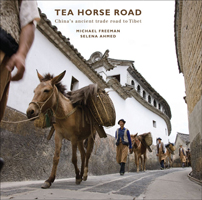
Tea Horse Road
One of the longest and most dramatic trade routes of the ancient world, the Tea Horse Road carried a crucial exchange for 13 centuries between China and Tibet. China needed war horses to protect its northern frontier, and Tibet could supply them. When the Tibetans discovered tea in the 7th century, it became a staple of their diet, but its origins are in southwest China, and they had to trade for it. The result was a network of trails covering more than 3,000 kilometres through forests, gorges and high passes onto the Himalayan plateaus, traversed by horse, mule and yak caravans, and human porters. It linked cultures, economies and political ambitions, and lasted until the middle of the 20th century. Re-tracing the many branches of the Road, photographer and writer Michael Freeman spent two years compiling this remarkable visual record, from the tea mountains of southern Yunnan and Sichuan to Tibet and beyond. Collaborating on this fascinating account, ethnobotanist Selena Ahmed’s description of tea and bio-cultural diversity in the region draws on her original doctoral research.—River Books
The NYRB China Archive
11.11.10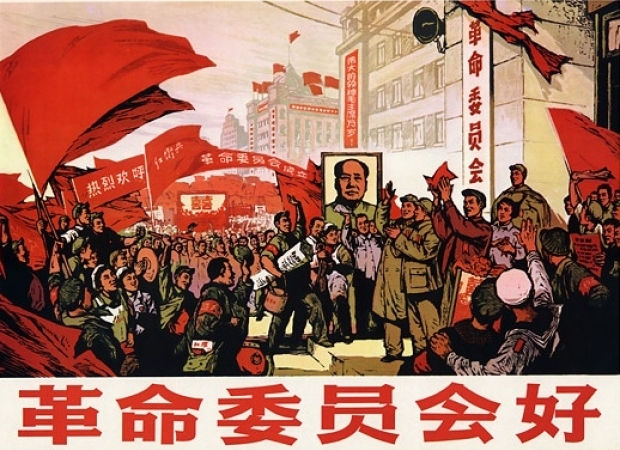
How Reds Smashed Reds
from New York Review of Books
July and August 1966, the first months of the ten-year Cultural Revolution, were the summer of what Andrew Walder, a sociologist at Stanford, calls “The Maoist Shrug.” Jiang Qing, Mao Zedong’s wife, told high school Red Guards, “We do not advocate...
Books
11.01.10
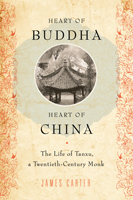
Heart of Buddha, Heart of China
The Buddhist monk Tanxu surmounted extraordinary obstacles—poverty, wars, famine, and foreign occupation—to become one of the most prominent monks in China, founding numerous temples and schools, and attracting crowds of students and disciples wherever he went. Now, in Heart of Buddha, Heart of China, James Carter draws on untapped archival materials to provide a book that is part travelogue, part history, and part biography of this remarkable man. This revealing biography shows a Chinese man, neither an intellectual nor a peasant, trying to reconcile his desire for a bold and activist Chinese nationalism with his own belief in China's cultural and social traditions, especially Buddhism. As it follows Tanxu's extraordinary life, the book also illuminates the pivotal events in China's modern history, showing how one individual experienced the fall of China's last empire, its descent into occupation and civil war, and its eventual birth as modern nation. Indeed, Tanxu lived in a time of almost constant warfare—from the Sino-Japanese War of 1895, to the Boxer Uprising, the Russo-Japanese War, the Japanese occupation, and World War II. He and his followers were robbed by river pirates, and waylaid by bandits on the road. Caught in the struggle between nationalist and communist forces, Tanxu finally sought refuge in the British colony of Hong Kong. At the time of his death, at the age of 89, he was revered as "Master Tanxu," one of Hong Kong's leading religious figures. Capturing all this in a magnificent portrait, Carter gives first-person immediacy to one of the most turbulent periods in Chinese history. —Oxford University Press
Books
11.01.10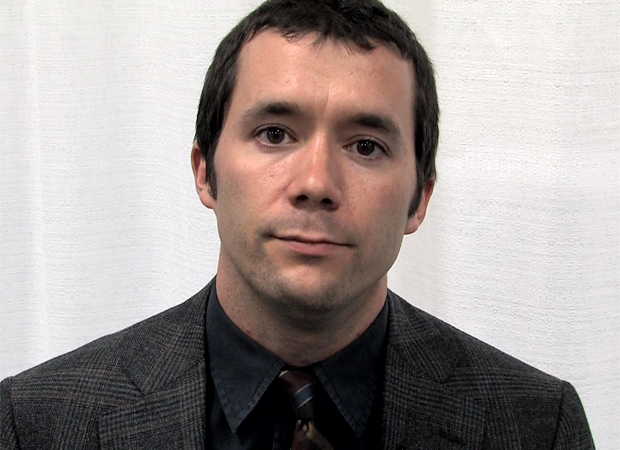
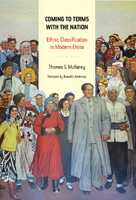
Coming to Terms with the Nation
China is a vast nation comprised of hundreds of distinct ethnic communities, each with its own language, history, and culture. Today the government of China recognizes just 56 ethnic nationalities, or minzu, as groups entitled to representation. This controversial new book recounts the history of the most sweeping attempt to sort and categorize the nation's enormous population: the 1954 Ethnic Classification project (minzu shibie). Thomas S. Mullaney draws on recently declassified material and extensive oral histories to describe how the communist government, in power less than a decade, launched this process in ethnically diverse Yunnan. Mullaney shows how the government drew on Republican-era scholarship for conceptual and methodological inspiration as it developed a strategy for identifying minzu and how non-Party-member Chinese ethnologists produced a “scientific” survey that would become the basis for a policy on nationalities. —University of California Press
The NYRB China Archive
10.14.10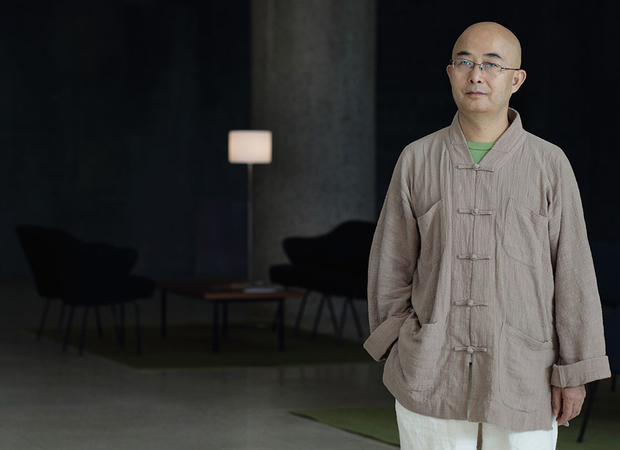
A Hero of the China Underground
from New York Review of Books
As a poet and chronicler of other people’s lives, Liao Yiwu is a singular figure among the generation of Chinese intellectuals who emerged after the Tiananmen Square protests in 1989. Unlike the leaders of Beijing’s student movement, people like...
The NYRB China Archive
10.14.10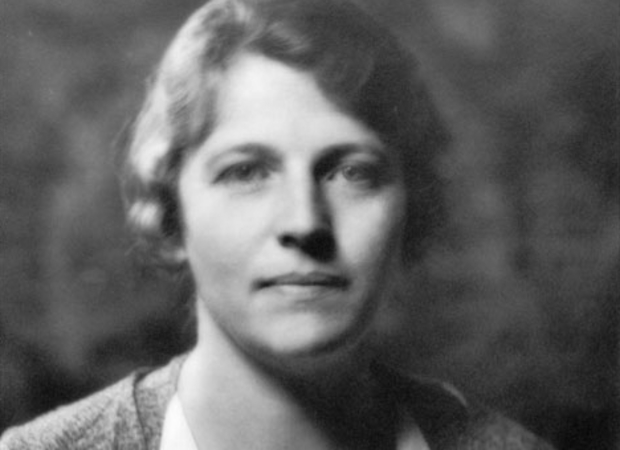
The Question of Pearl Buck
from New York Review of Books
The announcement by the Swedish Academy in November 1938 that Pearl Buck had been awarded the Nobel Prize for literature was met with sarcasm and even derision by many writers and critics. They were not impressed that this was the third choice by...
Books
09.15.10
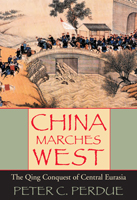
China Marches West
From about 1600 to 1800, the Qing empire of China expanded to unprecedented size. Through astute diplomacy, economic investment, and a series of ambitious military campaigns into the heart of Central Eurasia, the Manchu rulers defeated the Zunghar Mongols, and brought all of modern Xinjiang and Mongolia under their control, while gaining dominant influence in Tibet. The China we know is a product of these vast conquests. Peter C. Perdue chronicles this little-known story of China’s expansion into the northwestern frontier. Unlike previous Chinese dynasties, the Qing achieved lasting domination over the eastern half of the Eurasian continent. Rulers used forcible repression when faced with resistance, but also aimed to win over subject peoples by peaceful means. They invested heavily in the economic and administrative development of the frontier, promoted trade networks, and adapted ceremonies to the distinct regional cultures. Perdue thus illuminates how China came to rule Central Eurasia and how it justifies that control, what holds the Chinese nation together, and how its relations with the Islamic world and Mongolia developed. He offers valuable comparisons to other colonial empires and discusses the legacy left by China’s frontier expansion. The Beijing government today faces unrest on its frontiers from peoples who reject its autocratic rule. At the same time, China has launched an ambitious development program in its interior that in many ways echoes the old Qing policies. —Harvard University Press
The NYRB China Archive
08.19.10Waiting for WikiLeaks: Beijing’s Seven Secrets
from New York Review of Books
While people in the U.S. and elsewhere have been reacting to the release by WikiLeaks of classified U.S. documents on the Afghan War, Chinese bloggers have been discussing the event in parallel with another in their own country. On July 21 in...
Books
04.15.10
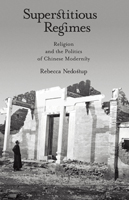
Superstitious Regimes
We live in a world shaped by secularism—the separation of numinous power from political authority and religion from the political, social, and economic realms of public life. Not only has progress toward modernity often been equated with secularization, but when religion is admitted into modernity, it has been distinguished from superstition. That such ideas are continually contested does not undercut their extraordinary influence.These divisions underpin this investigation of the role of religion in the construction of modernity and political power during the Nanjing Decade (1927–1937) of Nationalist rule in China. This book explores the modern recategorization of religious practices and people and examines how state power affected the religious lives and physical order of local communities. It also looks at how politicians conceived of their own ritual role in an era when authority was meant to derive from popular sovereignty. The claims of secular nationalism and mobilizational politics prompted the Nationalists to conceive of the world of religious association as a dangerous realm of “superstition” that would destroy the nation. This is the first “superstitious regime” of the book’s title. It also convinced them that national feeling and faith in the party-state would replace those ties—the second “superstitious regime.” —Harvard University Press{chop}
Books
03.01.10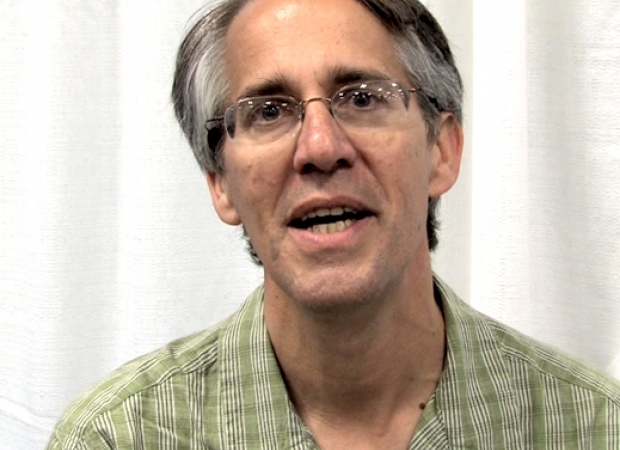
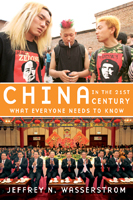
China In the 21st Century
The need to understand this global giant has never been more pressing: China is constantly in the news, yet conflicting impressions abound. Within one generation, China has transformed from an impoverished, repressive state into an economic and political powerhouse. In China in the 21st Century: What Everyone Needs to Know, Jeffrey Wasserstrom provides cogent answers to the most urgent questions regarding the newest superpower and offers a framework for understanding its meteoric rise. Focusing his answers through the historical legacies—Western and Japanese imperialism, the Mao era, and the massacre near Tiananmen Square—that largely define China's present-day trajectory, Wasserstrom introduces readers to the Chinese Communist Party, the building boom in Shanghai, and the environmental fall-out of rapid Chinese industrialization. He also explains unique aspects of Chinese culture such as the one-child policy, and provides insight into how Chinese view Americans. Wasserstrom reveals that China today shares many traits with other industrialized nations during their periods of development, in particular the United States during its rapid industrialization in the 19th century. Finally, he provides guidance on the ways we can expect China to act in the future vis-a-vis the United States, Russia, India, and its East Asian neighbors. —Oxford University Press
The NYRB China Archive
02.25.10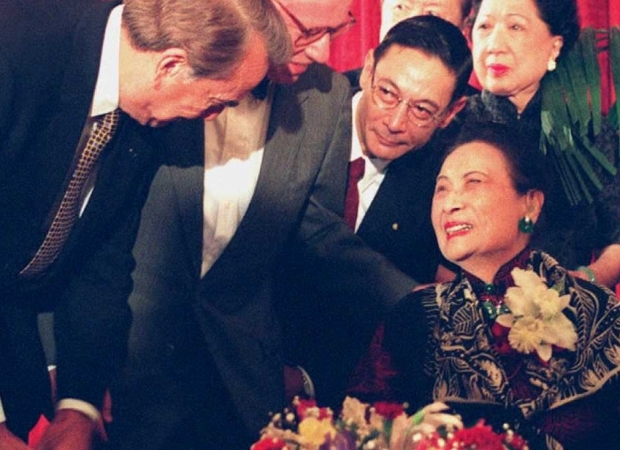
The Triumph of Madame Chiang
from New York Review of Books
Charlie Soong, born in 1866, was a new kind of figure in Chinese history, an independent-minded youngster with an openness to the world who came to Boston from Hainan Island at the age of twelve to work in a store. At fourteen he stowed away on a...
The NYRB China Archive
10.22.09The Enigma of Chiang Kai-shek
from New York Review of Books
Back in 1975, when he died in Taiwan at the age of eighty-seven, it was easy to see Chiang Kai-shek as a failure, as a piece of Chinese flotsam left awkwardly drifting in the wake of Mao Zedong’s revolutionary victories. Now it is not easy to be so...
Reports
06.04.09
Taiwan’s Political Status: Historical Background and Ongoing Implications
Peony Lui
Congressional Research Service
In 1979, official U.S. relations with Taiwan (the Republic of China) became a casualty of the American decision to recognize the government of the People’s Republic of China (PRC) as China’s sole legitimate government. Since then, U.S. unofficial...
The NYRB China Archive
05.28.09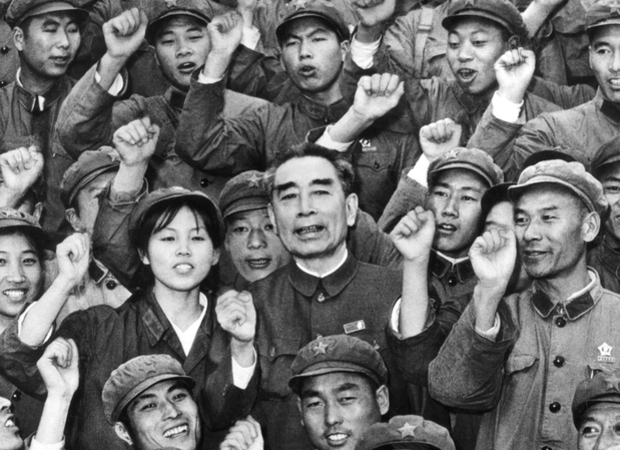
The Mystery of Zhou Enlai
from New York Review of Books
Through the ups and downs of the unpredictable Chinese Revolution, Zhou Enlai’s reputation has seemed to stand untarnished. The reasons for this are in part old-fashioned ones: in a world of violent change, not noted for its finesse, Zhou Enlai...
Reports
05.01.09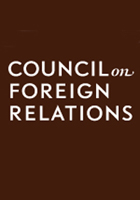
China’s $1.5 Trillion Bet: Understanding China’s External Portfolio
He Jianan
Council on Foreign Relations
China is now by far the United States’ largest creditor. Its treasury portfolio recently surpassed that of Japan’s, and it has long held more agency (Fannie Mae, Freddie Mac) bonds than any other country. Never before has a nation as poor as China...
Reports
03.17.09
The Tibetan Policy Act of 2002: Background and Implementation
Peony Lui
Congressional Research Service
U.S. policy on Tibet is governed by the Tibetan Policy Act of 2002 (TPA), enacted as part of the Foreign Relations Authorization Act of FY2003 (P.L. 107-228). In addition to establishing a number of U.S. principles with respect to human rights,...
Reports
01.07.09
Taiwan-U.S. Relations: Recent Developments and Their Policy Implications
Peony Lui
Congressional Research Service
U.S.-Taiwan relations have undergone important changes, sparked in part by the increasing complexity of Taiwan’s democratic political environment and the continued insistence of Beijing that the separately ruled Taiwan is a part of the People’s...
Reports
12.19.08
Sino-Japanese Relations: Issues for U.S. Policy
Peony Lui
Congressional Research Service
After a period of diplomatic rancor earlier this decade, Japan and China have demonstrably improved their bilateral relationship. The emerging detente includes breakthrough agreements on territorial disputes, various high-level exchanges, and...
The NYRB China Archive
08.14.08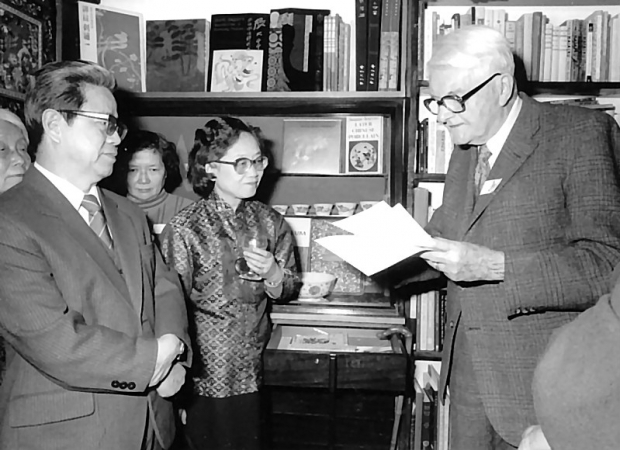
The Passions of Joseph Needham
from New York Review of Books
It is now a little over four hundred years since a scattering of Westerners first began to try to learn the Chinese language. Across that long span, the number of scholars studying Chinese has grown, but their responses to the challenges of Chinese...
The NYRB China Archive
08.14.08Why Didn’t Science Rise in China?
from New York Review of Books
In response to:The Passions of Joseph Needham from the August 14, 2008 issueTo the Editors:In his illuminating essay on Joseph Needham [ NYR, August 14], Jonathan Spence notes that early in his career Needham posed the question: “What were the...
The NYRB China Archive
06.12.08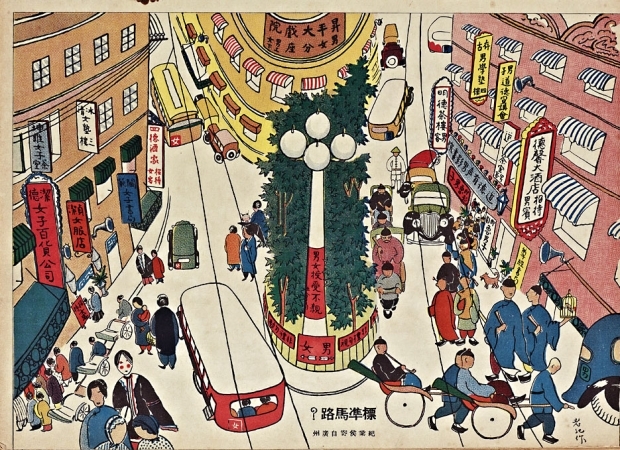
Sentimental Education in Shanghai
from New York Review of Books
1.In April 1924 Rabindranath Tagore arrived in Shanghai for a lecture tour of China. Soon after receiving the Nobel Prize for Literature in 1913, Tagore had become an international literary celebrity, lecturing to packed audiences from Japan to...
The NYRB China Archive
12.20.07‘Ravished by Oranges’
from New York Review of Books
How can we be informed? Chesterton famously observed that when we read in today’s newspapers that one window-cleaner fell to his death, our general understanding of window-cleaning is distorted; the information that 35,000 window-cleaners actually...
The NYRB China Archive
11.08.07China’s Area of Darkness
from New York Review of Books
The very first anonymous star on the CIA’s wall of honor at Langley, Virginia (the agency rarely identifies its dead heroes), refers to Douglas MacKiernan, the agency’s man in Urumqi, the capital of what is now called the Xinjiang Uyghur Autonomous...
The NYRB China Archive
06.28.07The Dream of Catholic China
from New York Review of Books
From the later sixteenth century until the end of the seventeenth, the Jesuit educational system was the most rigorous and effective in Europe. As one senior Jesuit wrote proudly in 1647, each Jesuit college was a “Trojan horse filled with soldiers...
The NYRB China Archive
09.21.06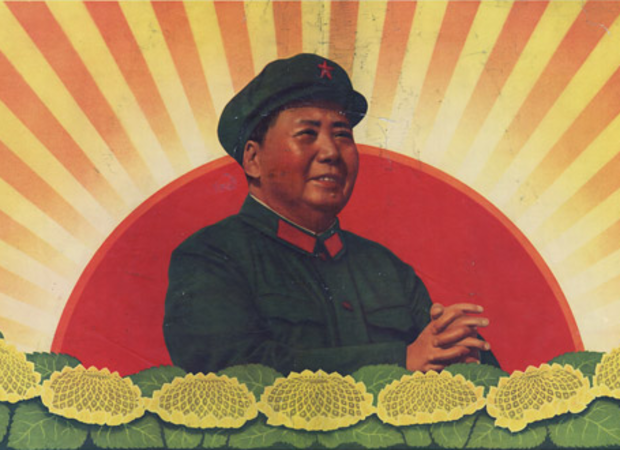
China’s Great Terror
from New York Review of Books
Long before August 1966, when immense chanting crowds of young Chinese Red Guards began to mass before Chairman Mao in Tiananmen Square, alerting those in the wider world to the onset of the Cultural Revolution, senior figures in the Chinese...
The NYRB China Archive
11.03.05Portrait of a Monster
from New York Review of Books
1.It is close to seventy years since Edgar Snow, an ambitious, radical, and eager young American journalist, received word from contacts in the Chinese Communist Party that he would be welcome in the Communists’ northwest base area of Bao-an...
The NYRB China Archive
12.04.04Passage to China
from New York Review of Books
1.The intellectual links between China and India, stretching over two thousand years, have had far-reaching effects on the history of both countries, yet they are hardly remembered today. What little notice they get tends to come from writers...
The NYRB China Archive
03.25.04Chiang’s Monster
from New York Review of Books
1.During the late 1930s and World War II, it was common to call Dai Li “China’s Himmler,” as if Chiang Kai-shek’s secret police and intelligence chief during that period performed functions similar to the head of the Gestapo and the SS under Hitler...
The NYRB China Archive
10.18.01China’s Assault on the Environment
from New York Review of Books
In 1956 Chairman Mao wrote the poem “Swimming,” about a dam to be built across the Yangtze River. This is its second stanza:A magnificent project is formed. The Bridge, it flies! Spanning North and South, and a Natural Barrier becomes a thoroughfare...
The NYRB China Archive
05.17.01Un-Chinese Activities
from New York Review of Books
In the first week of November 1728, China’s Emperor Yongzheng (who reigned between 1723 and 1735) ruled over something like 200 million people and the vast territory that Beijing today claims as the People’s Republic. He had plenty on his mind. He...
The NYRB China Archive
05.17.01On the Road
from New York Review of Books
Books that “follow in the steps of” a well-known traveler are more and more ubiquitous these days, but many of them are slightly suspect. Following in the footsteps of some distinguished predecessor can look a little like a gesture of defeat,...
The NYRB China Archive
10.21.99Room at the Top
from New York Review of Books
The last time I was in the Himalayas, I met a young, highly Westernized Tibetan who, misled perhaps by my Indian features (born in England, I’ve never lived in the subcontinent), started talking to me about the strange ways of the exotic foreigners...
The NYRB China Archive
04.08.99Message from Shangri-La
from New York Review of Books
On October 6, 1939, on the outskirts of Lhasa, the capital of Tibet, Hugh Richardson, who is now ninety-three and the West’s foremost living Tibetanist, saw the arrival in the city of the five-year-old boy who in early 1940 would be installed as the...
The NYRB China Archive
03.18.99Talking with Mao: An Exchange
from New York Review of Books
In response to:Kissinger & the Emperor from the March 4, 1999 issueTo the Editors:No China scholar has influenced my own thinking more than Jonathan Spence. My comments on his review of The Kissinger Transcripts edited by William Burr [NYR,...
The NYRB China Archive
03.04.99Kissinger & the Emperor
from New York Review of Books
From the moment when they first began to keep historical records, the Chinese showed a fascination with the complexities of diplomacy, with the give-and-take of interstate negotiation, the balancing of force and bluff, the variable powers of human...
The NYRB China Archive
05.28.98Goodfellas in Shanghai
from New York Review of Books
Just over two thousand years ago, China’s first great historian, Sima Qian, decided to include a chapter on assassins in his long history of his newly united homeland. He chose five men as representative examples of those who had tried to kill...
The NYRB China Archive
01.15.98Lost Horizons
from New York Review of Books
Tibet has always cast a dangerously strong spell upon visitors from abroad. When the first major European expedition marched on Lhasa in 1904, led by Colonel Younghusband at the behest of his old friend Lord Curzon, it ended up slaughtering in just...
The NYRB China Archive
04.10.97What Confucius Said
from New York Review of Books
1.The first Western-language version of Confucius’ sayings—later known as the Analects—was published in Paris in 1687, in Latin, under the title Confucius Sinarum Philosophus, with a brief dedication to King Louis XIV, thanking him for supporting...
The NYRB China Archive
01.09.97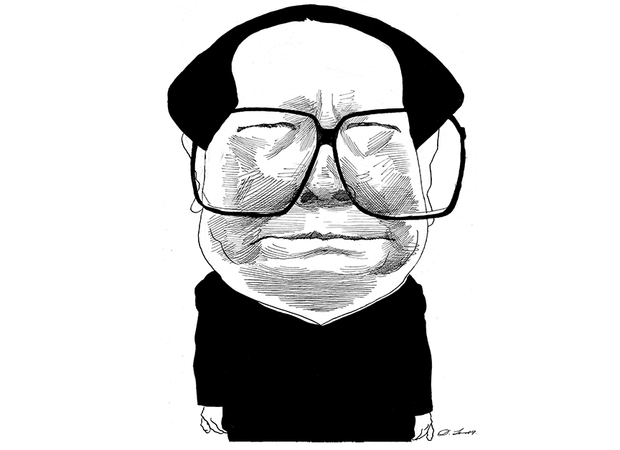
China: The Defining Moment
from New York Review of Books
The evolution of the People’s Republic of China since its founding in 1949 has been tumultuous and bloody, and marked by the suffering of millions. It has been anything but peaceful. Yet it is precisely the prospect of “peaceful evolution,” which in...
The NYRB China Archive
02.29.96River of Fire
from New York Review of Books
In her introduction to a collection of Karl Marx’s newspaper dispatches on China, Dona Torr conceived a charming fantasy in which Marx speculates thatWhen our European reactionaries have to take refuge in Asia and at last reach the Great Wall of...
ChinaFile Recommends
02.18.96China - New York ... or Singapore?
New York Times
It is better not to be in Shanghai during a heat wave. I was there during the first week in September when a heat wave struck, the hottest September day in 48 years: 87 degrees at night and as humid as a steam bath. Schools closed, as did many...
The NYRB China Archive
12.21.95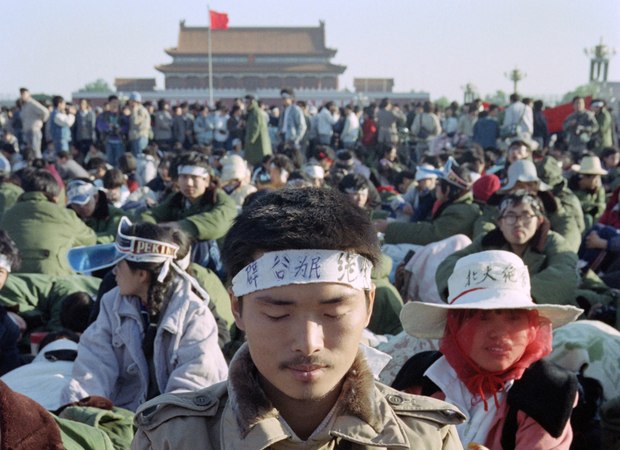
The Beginning of the End
from New York Review of Books
Failed rebellions are often like failed marriages: former partners and their friends blame the other side for what went wrong; old tensions are magnified; the past is rewritten; feuding camps are formed. This pretty much sums up the situation among...
The NYRB China Archive
04.20.95The Underground War for Shanghai
from New York Review of Books
During the night of November 21–22, 1928 a steamer moored at the docks in the Chinese section of Shanghai, and a group of harbor coolies, flanked by a squad of thirty armed guards, began to unload chests onto the dock. Alerted by a tip some weeks...
The NYRB China Archive
11.17.94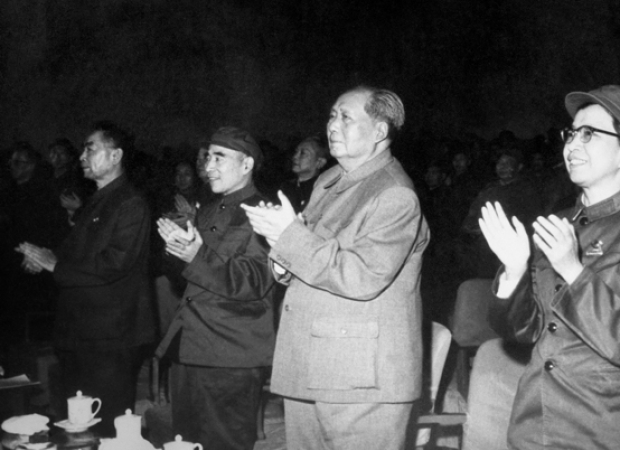
Unmasking the Monster
from New York Review of Books
In 755 the Tang dynasty poet Tu Fu wrote about the corruptions of court life:In the central halls there are fair goddesses; An air of perfume moves with each charming figure. They clothe their guests with warm furs of sable, Entertain them with the...
The NYRB China Archive
10.06.94The Bottom of the Well
from New York Review of Books
Do Chinese women, as the Communist Party has held for decades, “hold up half the sky?” Or, like the frog at the bottom of a well in a famous Daoist legend, do they see only a little blue patch? Why is it that tens of millions of them are said to be...
The NYRB China Archive
06.23.94Remembrance of Ming’s Past
from New York Review of Books
To many readers in the past, The Plum in the Golden Vase has seemed an inchoate mass of a story. Even if it was clearly “about” a wealthy urban merchant Hsi-men Ch’ing, his six consorts, and numerous other sexual companions, it was also full of...
The NYRB China Archive
02.03.94Where the East Begins
from New York Review of Books
Between 1965 and 1977, Donald Lach published the first two volumes of his Asia in the Making of Europe, an illuminating and erudite survey of the various ways that Asia has affected scholarship, literature, and the visual arts in the West. Beginning...
The NYRB China Archive
03.25.93The Party’s Secrets
from New York Review of Books
Not long after Mao Zedong died in 1976, one of the editors of the Party’s People’s Daily said. “Lies in newspapers are like rat droppings in clear soup: disgusting and obvious.” That may have been true of the Party’s newspapers, which Chinese are...
Viewpoint
12.14.92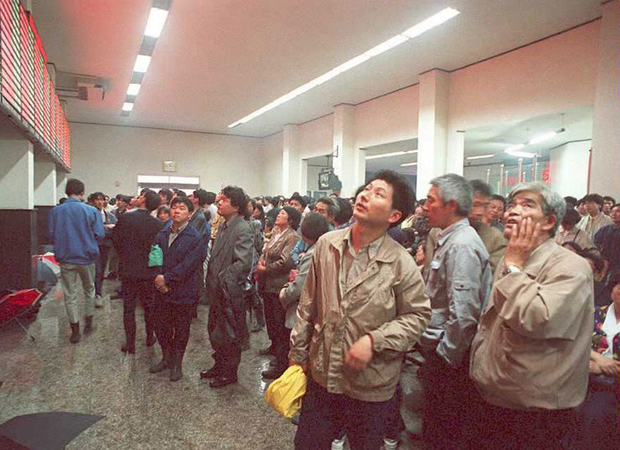
China Plays the Market
from Nation
With the Chinese stock market in turmoil earlier this month, Orville Schell, Arthur Ross Director of the Center on U.S.-China Relations, wrote about the dramatic crash for The Guardian: “Why China’s Stock Market Bubble Was Always Bound To Burst.”...
The NYRB China Archive
11.05.92Squaring the Chinese Circle
from New York Review of Books
“China,” according to Lucien Pye, “is a civilization pretending to be a state.”1 This is an elegant formulation of an idea which eventually occurs to most people who have studied, read about, or traveled and lived in China. In the late sixteenth...
The NYRB China Archive
10.22.92The Other China
from New York Review of Books
On the same late fall day in 1991, two stories about China appeared in the Western press. One announced that thirty-five drug dealers had just been executed in the southwestern Chinese city of Kunming, probably by a single police bullet fired into...
The NYRB China Archive
03.05.92Literature of the Wounded
from New York Review of Books
In Legacies: A Chinese Mosaic, Bette Bao Lord’s memoir of her three years in Peking as the American ambassador’s wife, she recalled that “all Chinese were in pain, and taking their pulse, reading their temperature, charting every change and finding...
The NYRB China Archive
07.18.91China on the Verge
from New York Review of Books
During the play-off matches for the intercollegiate East China soccer title in the early 1920s, passions ran high. The president of Shanghai’s prestigious Communications University was no less a soccer fan than anyone else, but he was also a...
The NYRB China Archive
05.30.91The Myth of Mao’s China
from New York Review of Books
In China Misperceived Steven Mosher strikes back at the profession, clan, or family of China watchers that cast him out. The official reasons have never been made public, although his university, Stanford, hinted at academic misconduct when it...
The NYRB China Archive
12.20.90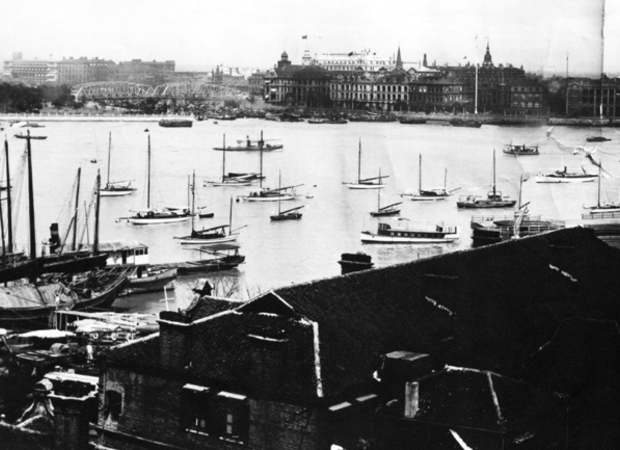
History on the Wing
from New York Review of Books
Golden Inches is a charming memoir of an American couple who built up the YMCA in Chengtu and Chungking. Their careers on America’s farthest Western cultural frontier in Szechwan province give us a sense of the day-to-day texture of Chinese-American...
The NYRB China Archive
05.31.90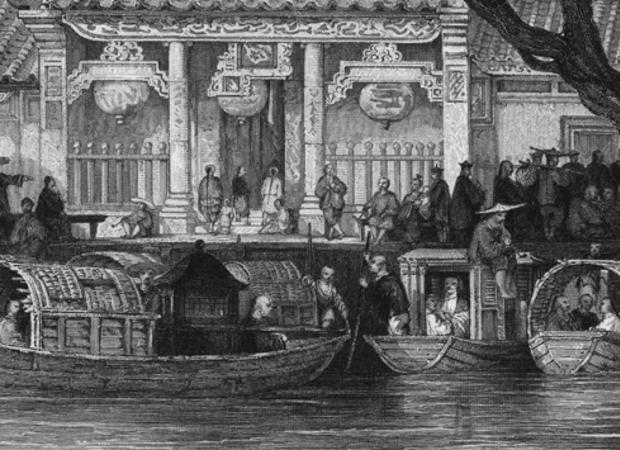
From the Ming to Deng Xiaoping
from New York Review of Books
When I began teaching Chinese history at Harvard in 1936 my first students turned out to be the brightest I would ever have—Theodore White as an undergraduate and Mary Clabaugh as a Ph.D. candidate. Mary Clabaugh was a Vassar graduate from...
The NYRB China Archive
10.12.89China Witness, 1989
from New York Review of Books
In response to: China’s Spring from the June 29, 1989 issueTo the Editors:The absolute cynicism displayed by the current Chinese leadership as they present their version of this spring’s events in Beijing and other cities offers a special challenge...
The NYRB China Archive
09.28.89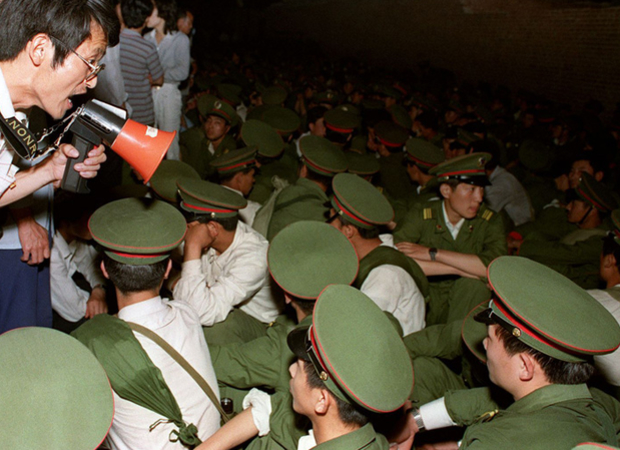
Why China’s Rulers Fear Democracy
from New York Review of Books
To try to understand is not to condone or forgive. Quite the contrary. In this bicentennial year when a euphoria for democratic rights seemed to be sweeping the world, why was it stopped in Tiananmen Square? Why do China’s rulers attack their...
The NYRB China Archive
04.27.89Mao and Snow
from New York Review of Books
In response to:Message from Mao from the February 16, 1989 issueTo the Editors:Edgar Snow was set up by Mao and mugged by the Cold War. I first met him in 1932 in Peking and kept more or less in touch during the next forty years of his life. I think...



